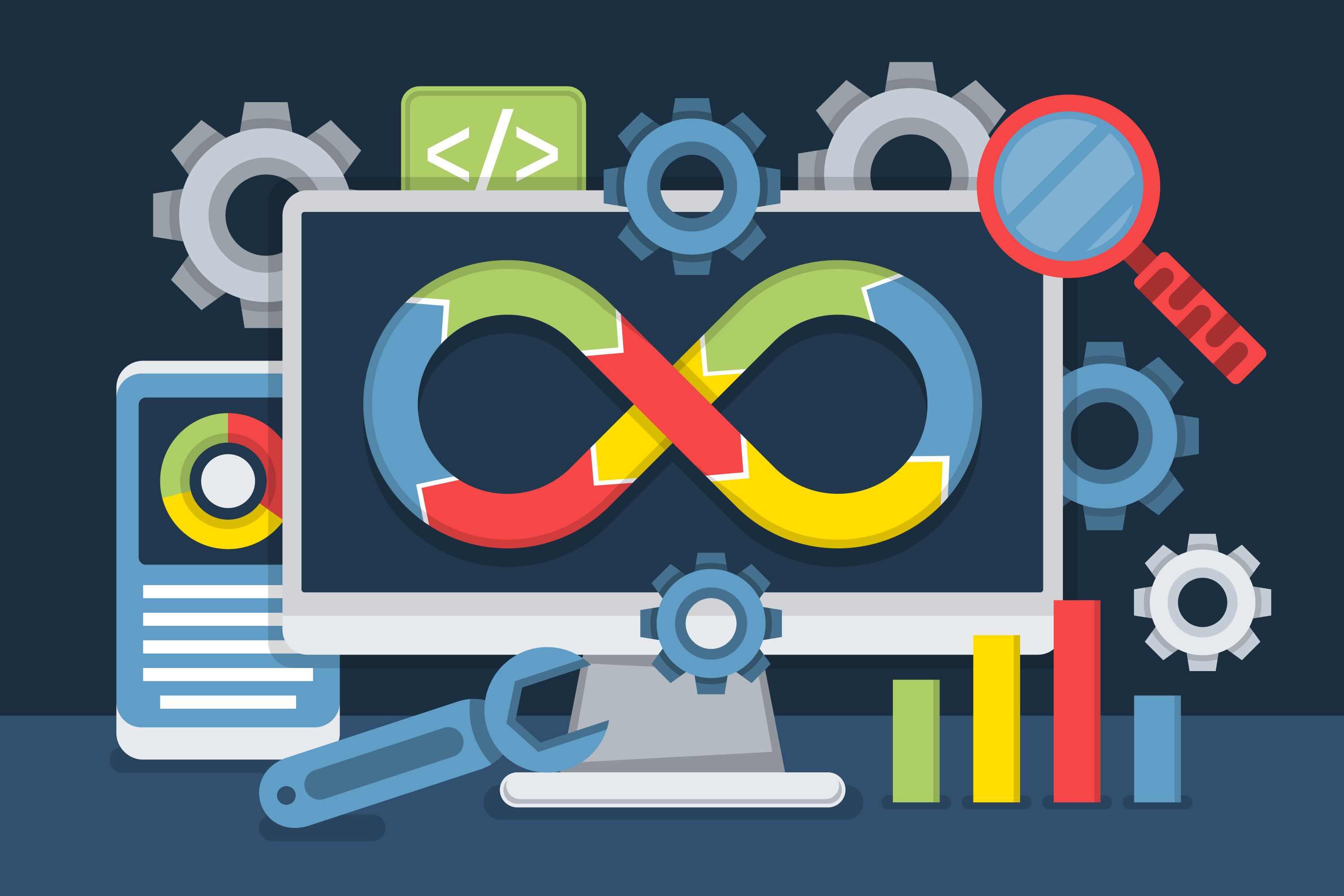What Are the Best Low-Code
Platforms? Low-code platforms enable users to
build applications using graphical user interfaces (GUIs) and drag-and-drop
components. These platforms reduce the need for manual coding, allowing
businesses to develop software quickly and cost-effectively. Here are some of
the top low-code platforms for 2025:
- OutSystems
- Features:
End-to-end app development, AI-driven automation, and scalability for
enterprise needs.
- Use Case:
Ideal for large enterprises needing fast, enterprise-grade application
development.
- Mendix
- Features:
Collaborative development, multi-experience support, and AI-assisted
development.
- Use Case:
Suitable for large organizations looking for a unified development
environment for both developers and non-developers.
- Microsoft Power Apps
- Features:
Intuitive drag-and-drop design, easy integration with Microsoft 365 and
Azure services.
- Use Case:
Best for businesses already using Microsoft’s ecosystem for seamless
integration and app building.
- Appian
- Features:
Low-code process automation, enterprise-grade security, and AI-based
workflows.
- Use Case:
Ideal for businesses that need process automation and workflow-centric
app development.
- Zoho Creator
- Features:
Drag-and-drop app builder, integrations with Zoho’s suite, and
multi-device compatibility.
- Use Case:
Perfect for small businesses seeking simple, cost-effective app
development tools.
How to Build Apps Without Coding? No-code platforms take simplicity a step further, enabling
users with no coding knowledge to create functional applications. These
platforms are built for business users, marketers, and entrepreneurs who want
to create apps quickly without relying on developers. Here’s how you can build
apps without coding:
- Choose the Right No-Code Platform
- Select a platform that aligns with your app’s goals.
Popular no-code platforms include Bubble, Thunkable, and Adalo.
- Define Your App’s Purpose
- Identify the app’s primary purpose (e.g., e-commerce
store, employee portal, or booking system).
- Sketch out the app’s core features, user flows, and
design requirements.
- Design the User Interface (UI)
- Use drag-and-drop editors to create an intuitive,
visually appealing user interface.
- Add buttons, forms, menus, and other design elements
to match your brand’s aesthetic.
- Add App Functionality
- Utilize pre-built templates, workflows, and
integrations to add core app functions like payment gateways, booking
calendars, and chatbots.
- Test and Launch
- Test your app on multiple devices to ensure
cross-platform compatibility.
- Use feedback from testers to make improvements before
launching.
What Is the Future of No-Code
Development? The future of no-code development
is bright, with advancements in AI and machine learning driving more powerful
and intuitive platforms. Here are the trends that will define the future of
no-code development:
- AI-Powered Development
- AI will enable no-code platforms to predict user needs
and automatically generate app features.
- Tools like ChatGPT and OpenAI Codex may
enable natural language prompts to generate fully functional apps.
- Greater Collaboration Between Business and IT
- Low-code and no-code platforms will bridge the gap
between business teams and IT departments.
- Business users will be able to prototype and build
applications that IT can refine and scale.
- Expansion of No-Code Use Cases
- No-code will move beyond simple internal tools to
power large-scale consumer-facing applications.
- Industries like healthcare, finance, and education
will embrace no-code to build regulatory-compliant apps faster.
- Rise of Citizen Developers
- The term "citizen developer" will become
commonplace as employees across departments learn to build their own
apps.
- Companies will train employees in no-code development
to reduce dependency on IT backlogs.
- Deeper Integration with AI and IoT
- No-code platforms will integrate with IoT (Internet of
Things) devices to enable smarter automation.
- These integrations will allow companies to automate
workflows across physical and digital spaces.
Low-code and no-code platforms are redefining the way
software is built, making development faster, cheaper, and more accessible to
everyone. Are you ready to leverage the power of low-code and no-code
development? Kenfore Analytics to explore how we can help you
create dynamic, user-friendly applications with minimal coding. Take the first
step toward rapid application development today.
Low-code and no-code platforms are revolutionizing the
development process, allowing startups, small businesses, and large enterprises
to build apps without relying on full-scale development teams. As interest
continues to grow in the United States, Netherlands, and Canada, businesses
must embrace these platforms to remain competitive. With Kenfore Analytics expertise, you can accelerate your development process, reduce time-to-market,
and build apps that stand out in 2025. Start your journey toward fast,
efficient app development today.

